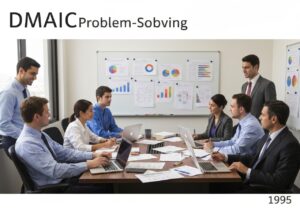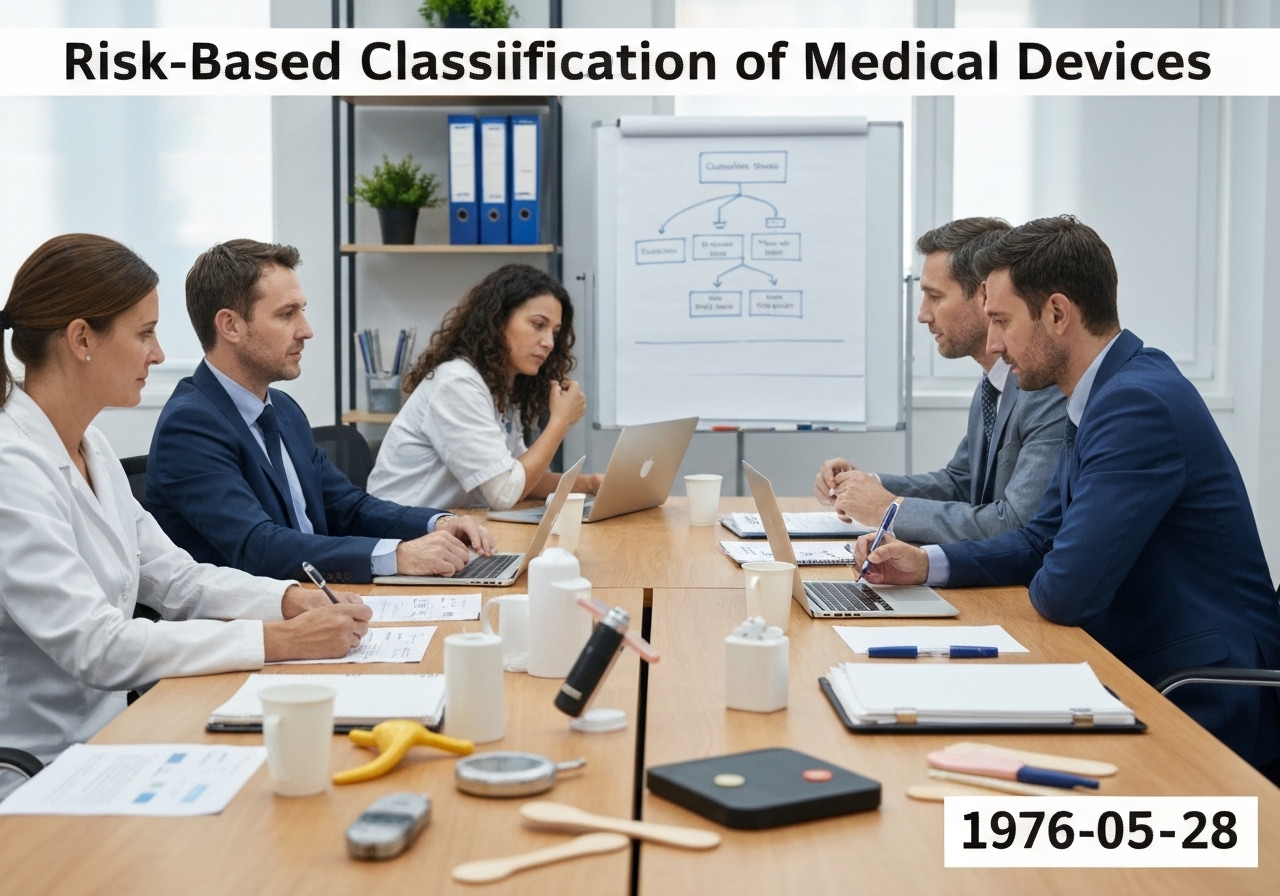医疗器械根据其对患者和使用者构成的风险进行分类。美国FDA和欧盟等监管机构采用的这种基于风险的分类方法通常包含三到四个等级(例如,I类、IIa类、IIb类、III类)。压舌板等低风险器械属于I类,而起搏器等高风险生命维持器械属于III类。


(generate image for illustration only)
医疗器械根据其对患者和使用者构成的风险进行分类。美国FDA和欧盟等监管机构采用的这种基于风险的分类方法通常包含三到四个等级(例如,I类、IIa类、IIb类、III类)。压舌板等低风险器械属于I类,而起搏器等高风险生命维持器械属于III类。
The risk-based classification system is a cornerstone of modern 医疗器械 regulation worldwide. It acknowledges that a one-size-fits-all regulatory approach is inefficient and potentially unsafe. Instead of subjecting every device to the most stringent review, regulators tailor their oversight to the potential for harm. The classification is determined by factors such as the device’s intended use, duration of contact with the body, degree of invasiveness, and whether it delivers energy or has a biological effect.
For example, in the United States, Class I devices (e.g., elastic bandages) are subject to ‘General Controls,’ which include registration and proper labeling. Class II devices (e.g., infusion pumps, powered wheelchairs) require ‘Special Controls’ in addition to general ones, often including performance standards and premarket notification (510(k)). The highest risk category, Class III (e.g., implantable pacemakers, heart valves), requires the most rigorous ‘Premarket Approval’ (PMA), which involves submitting extensive clinical data to prove safety and effectiveness.
This tiered system allows regulatory agencies to focus their resources on devices that pose the greatest risk, while facilitating market access for lower-risk innovations. The concept was foundational to the US Medical Device Amendments of 1976 and has been adopted and adapted by regulatory bodies globally, forming the basis for frameworks like the European Union’s Medical Device Regulation (MDR).
迎接新挑战
机械工程师、项目、工艺工程师或研发经理
可在短时间内接受新的挑战。
通过 LinkedIn 联系我
塑料金属电子集成、成本设计、GMP、人体工程学、中高容量设备和耗材、精益制造、受监管行业、CE 和 FDA、CAD、Solidworks、精益西格玛黑带、医疗 ISO 13485
基于风险的医疗器械分类
(如果日期不详或不相关,例如 "流体力学",则对其显著出现的时间作了四舍五入的估计)。
相关发明、创新和技术原理
{{标题}}
{%,如果摘录 %}{{ 摘录 | truncatewords:55 }}
{% endif %}